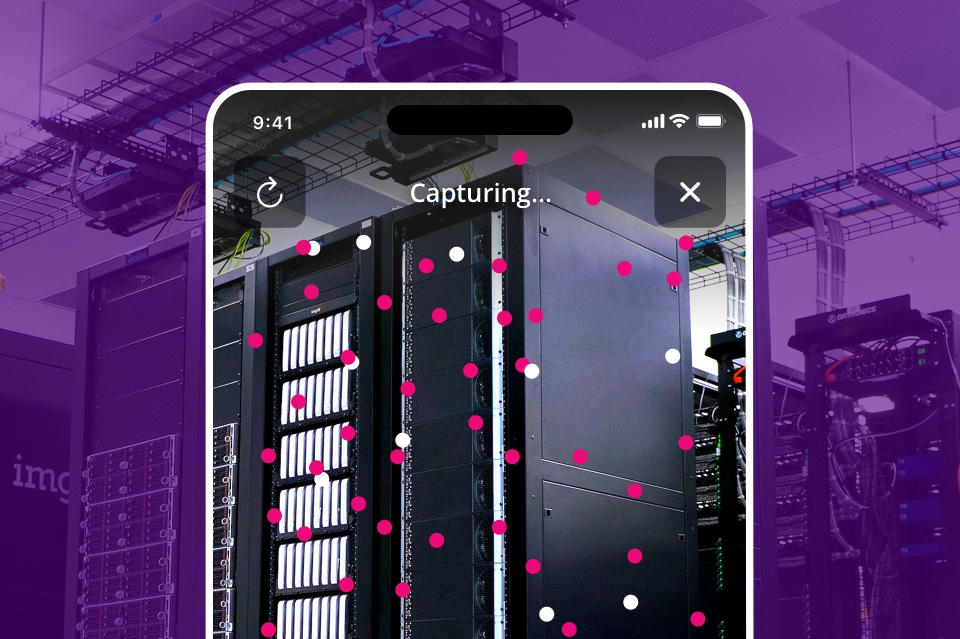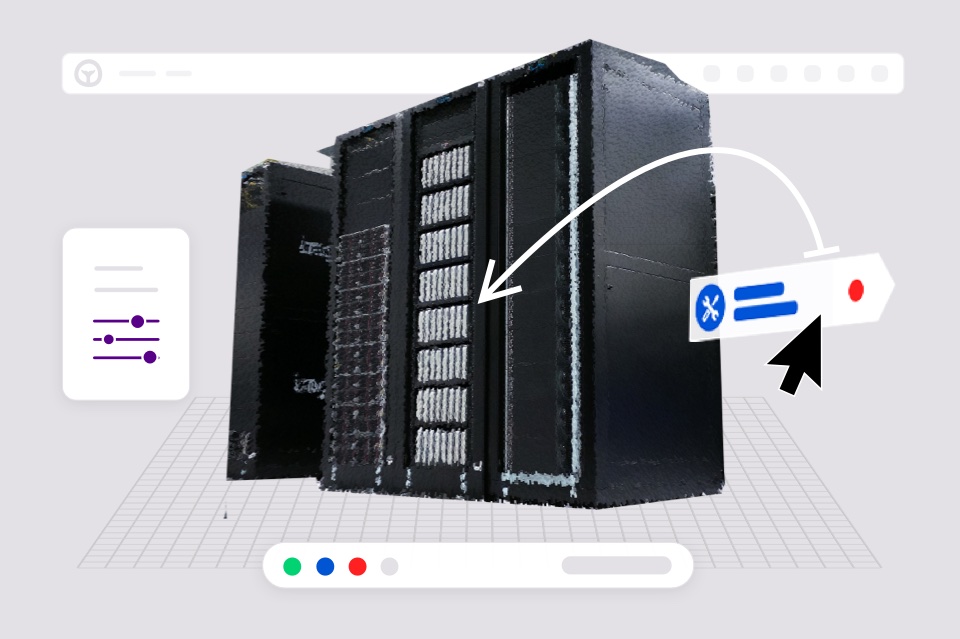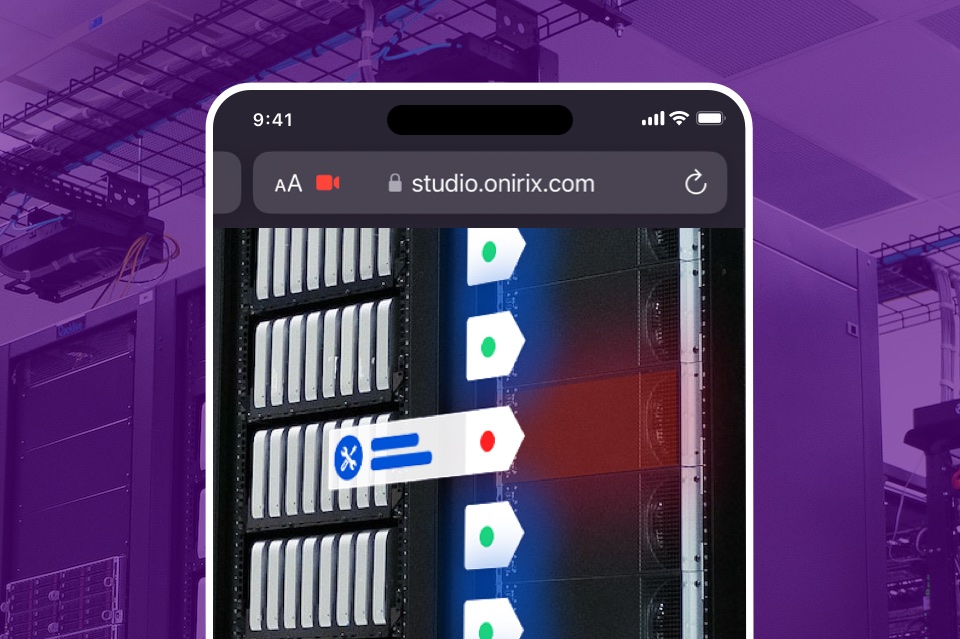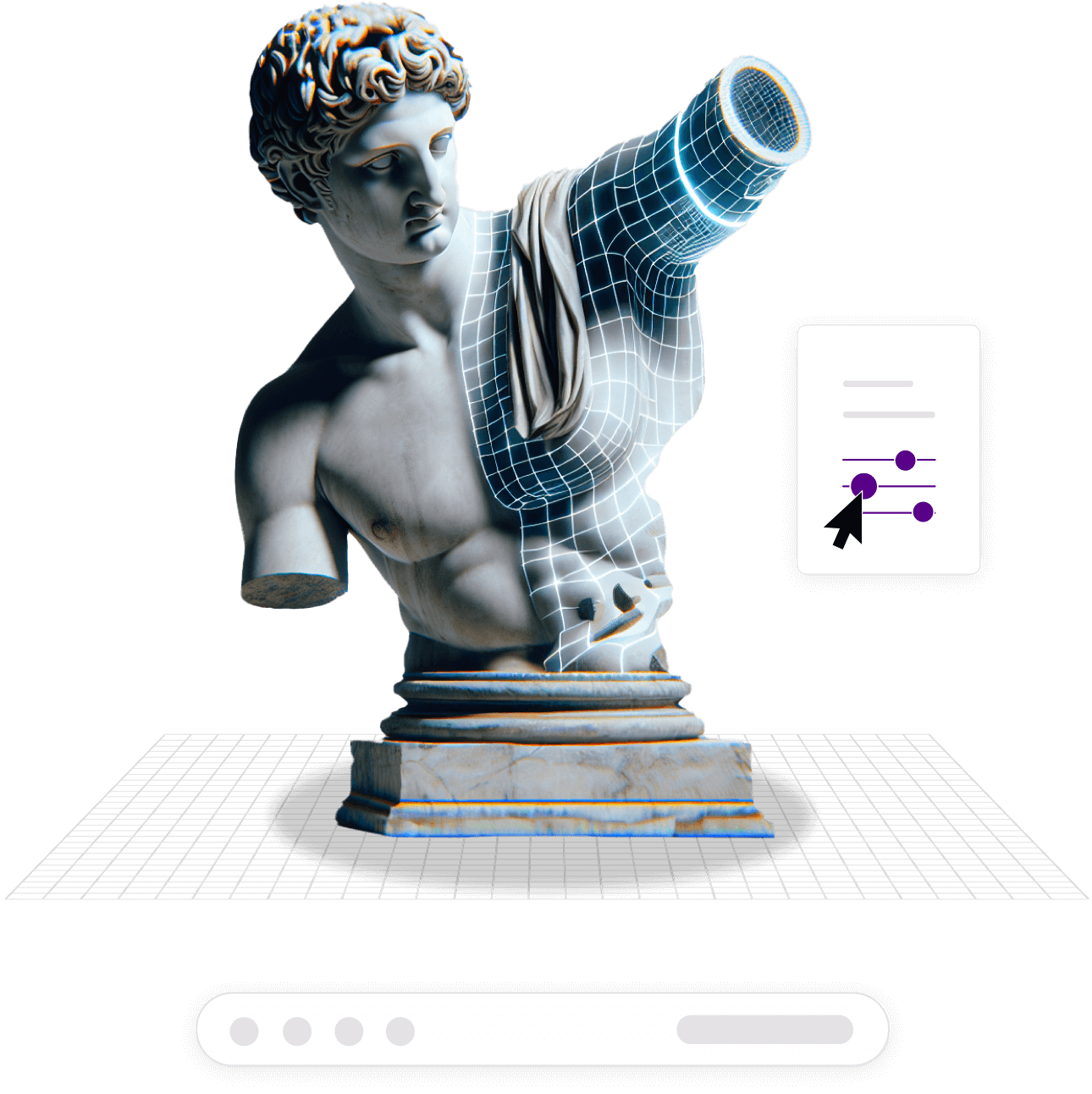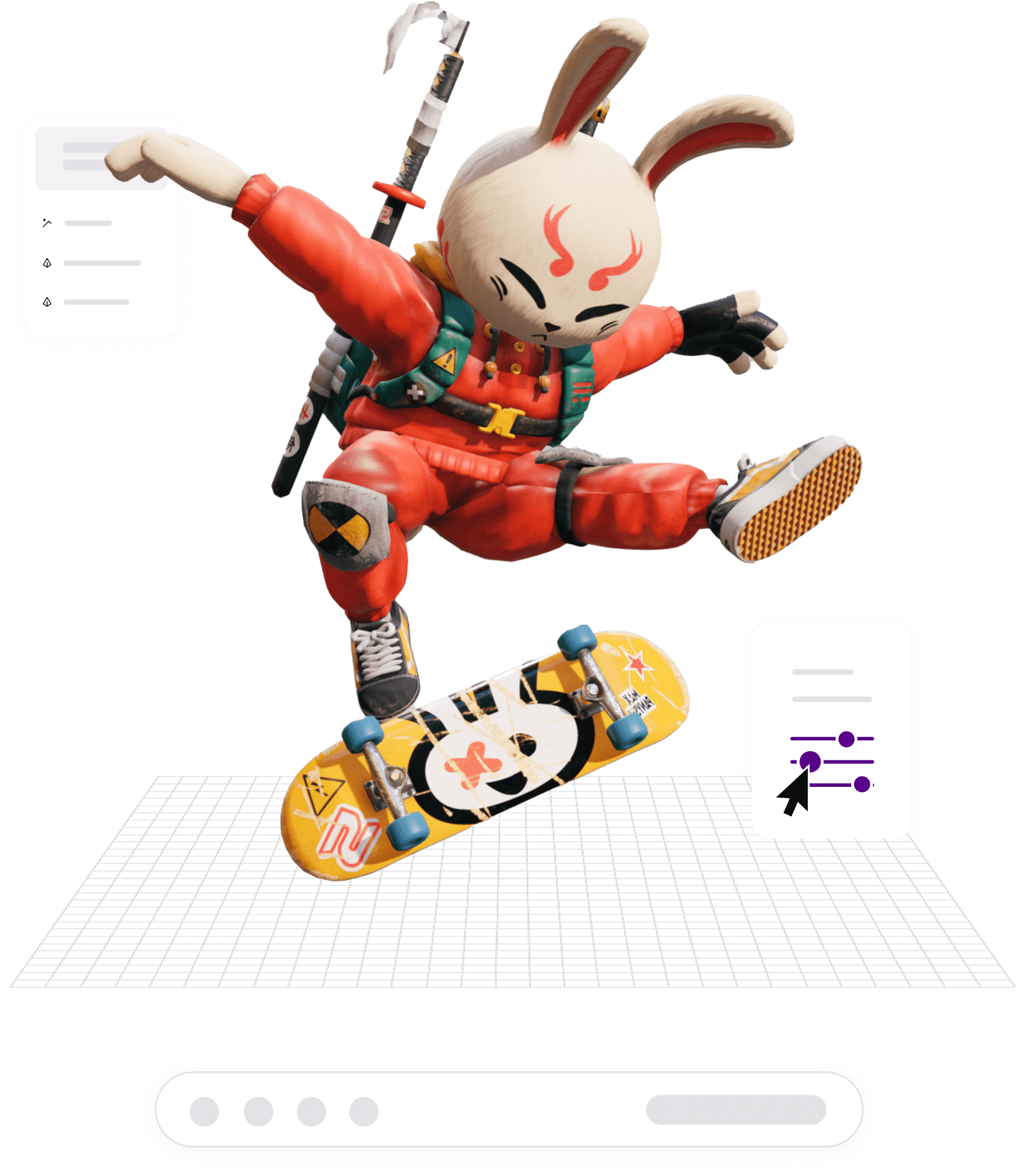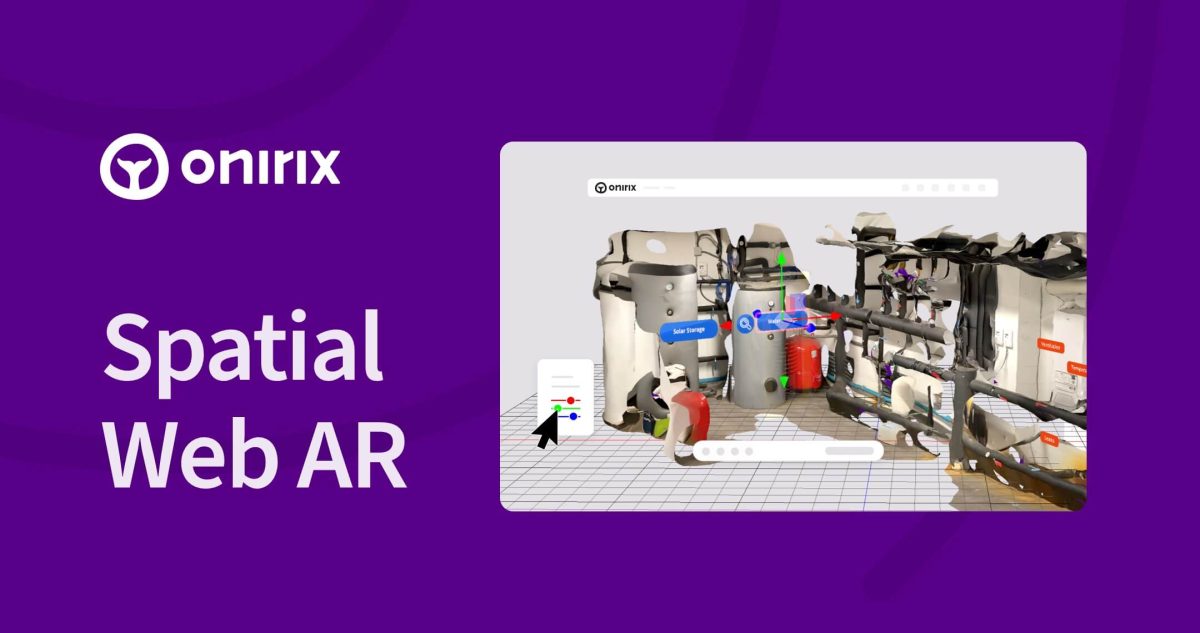¿Con qué navegadores se pueden consumir las experiencias de Spatial AR?
Para visualizar el resultado final, es decir, la ubicación y el seguimiento de los contenidos, la beta sólo está disponible para teléfonos Android compatibles con ARCore. La versión final será compatible también con dispositivos iOS.
¿Qué tengo que hacer para escanear un espacio con Spatial AR?
Puedes consumir las experiencias de Spatial AR desde un navegador. Sin embargo, para escanear nuevos espacios u objetos rígidos (50 m²) es necesario descargar nuestra app Onirix Constructor. De momento, sólo está disponible para iOS.

